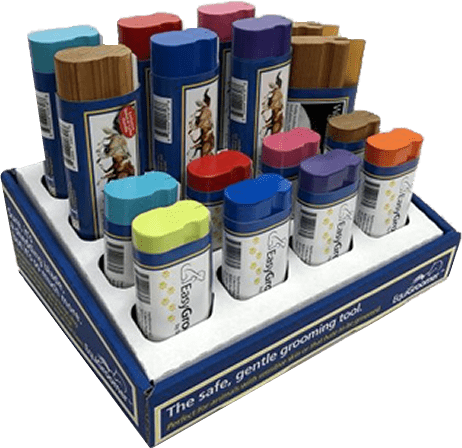According to Punxsutawney Phil in Pennsylvania, we are in for another six weeks of this crazy winter season! (Personally, we think Phil just wants extra time to snooze!)
But since winter is not ending anytime soon (according to Phil),
let’s ask another age-old question,
just how cold is too cold for your dog?
Dogs and Cold
So, when it comes to dogs and cold, how cold is too cold for your dog? This question does not have a “one-size-fits-all” answer! Instead, there are several factors to consider when deciding how long a dog can safely spend in the cold temperatures including their:
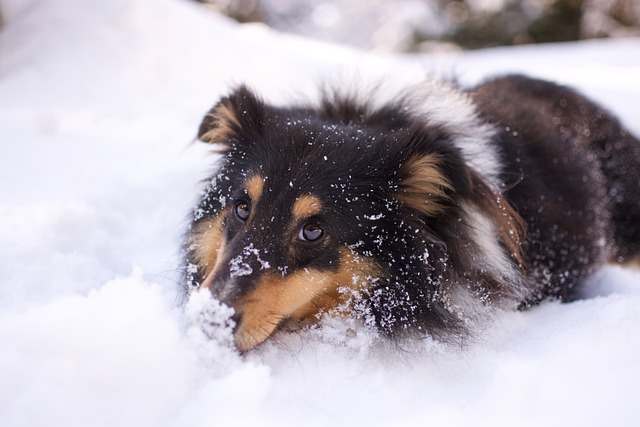
- Breed, size and coat.
- Age.
- Health.
Just like in hot temperatures, it’s critical dog parents must know what is best for their dog and monitor their time outside. Most dogs live for the great outdoors, so make sure you know what’s best for your pup and act accordingly even if they do not want to come inside.
Next, let’s take a closer look at breeds and sizes to understand when it is too cold for them to remain outside!
Dogs and Cold: Different Sizes = Different Needs
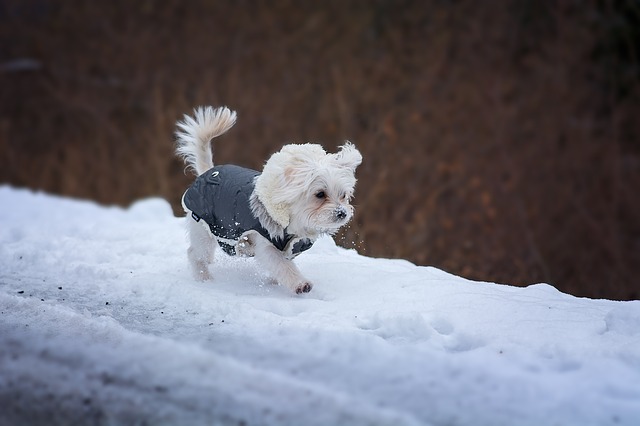
SMALLER DOGS AND COLD
Dogs on the smaller size with single coats – or even hairless – are not able to safely deal with colder temperatures. According to Sarah Wooten, DVM, “smaller pups can quickly develop hypothermia and frostbite.” In fact, caution should be used any time the temperature falls below 45 degrees for smaller dogs.
Hypothermia develops when a canine’s core body temperature drops too low. Left untreated, it can bring on cardiac and respiratory failure, brain damage, coma and eventually, death.
Frostbite (like in humans) damages tissues in extreme cold. While frostbite is not life-threatening, it often occurs with hypothermia which is.
Smaller K9 breeds at risk include the:
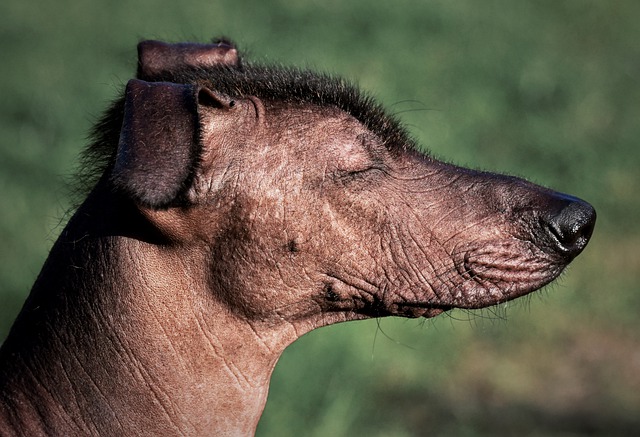
- Miniature Poodle.
- Maltese.
- Chihuahua.
- Xoloitzcuintli (also known as the Xolo, an ancient Aztec K9 known today as the “Official Dog of Mexico” and the “Mexican Hairless breed,” a non-sporting dog, both coated and hairless); and
- Chinese Crested.
These breeds are all at higher risk from frigid temperatures.
According to Dr. Wooten, smaller pups should spend no more than 10-15 minutes outside when the temperatures are below 32 degrees F.
LARGER DOGS AND COLD

Unlike many of their smaller counterparts, larger breeds can usually manage cold temperatures better because of their thick double coats. When temperatures are below freezing or 32 degrees F, these dog breeds can safely stay outside for a half-hour to an hour, says Dr. Wooten. For arctic breeds who are well-acclimated to colder environments, they can handle much more time in the cold.
These hardier dog breeds include the:
- Siberian Husky
- Samoyed
- Malamute
- Newfoundland; and
- Bernese Mountain Dog.
Dogs and Cold: Dog Age and Health Matter
Active dogs and those who are medium-to-large can handle the cold much better because of their thicker coats and ability to regulate their body temperatures.
But Dr. Wooten encourages that puppies under 8 weeks of age and Toy Breeds should be kept out of extreme weather conditions for their overall well-being and safety. In addition, senior dogs and/or those dealing with a health condition should spend the most time indoors with shorter, supervised time outside.
How Cold is Too Cold: The Final Word!
Never expose your dog to outdoor conditions which may risk his health or safety! Your dog is depending on you to protect his health and well-being even if he wants to stay outside in the snow!
Always supervise any dog outside and look for symptoms like:
- Panting
- Shaking
- Shivering; or
- Extreme fatigue and bring them back inside immediately!
Also, in the winter remember to factor in other things like wind chill, dampness, cloud cover and activity for your dog’s ultimate safety and well-being.

Keep your dog’s fur clean and unmatted by grooming them after time outside, whether it’s cold or hot!
THE best grooming tools for pain-free and comfortable grooming for dogs, cats, rabbits, horses, livestock and more!
Endorsed by professional groomers, handlers, breeders and pet lovers like you!



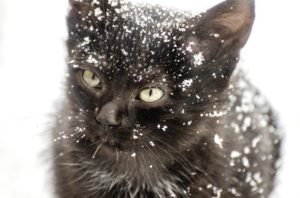 If you allow your feline to roam outside during the winter months, always watch the time (keep it short) and monitor their reactions to the cold. Do not let them out during the coldest times of the day or night.
If you allow your feline to roam outside during the winter months, always watch the time (keep it short) and monitor their reactions to the cold. Do not let them out during the coldest times of the day or night.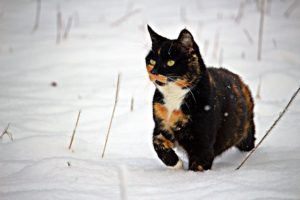 Immediately get your cat to your vet!
Immediately get your cat to your vet! rock salt (you don’t want your cat licking any de-icing agents or chemicals). Also, check the paws for cracks and cuts. Massage moisturizing petroleum jelly or olive oil into your feline’s paws and between the toes.
rock salt (you don’t want your cat licking any de-icing agents or chemicals). Also, check the paws for cracks and cuts. Massage moisturizing petroleum jelly or olive oil into your feline’s paws and between the toes.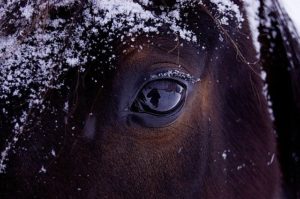 minimum, a three-sided structure to protect themselves.
minimum, a three-sided structure to protect themselves. and colic.
and colic.

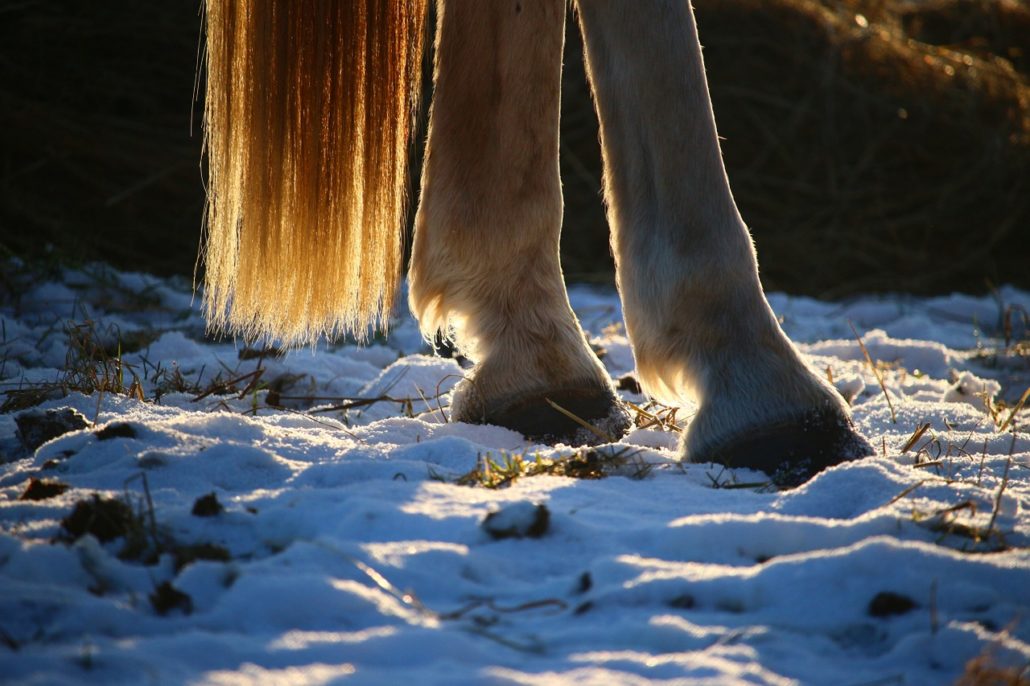
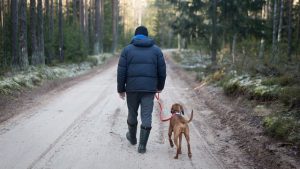 Despite the freezing temperatures, slippery, snowy conditions and cold winter winds, the canines of our lives still need to stay physically active with regular walks even if they are shorter. Physical activity not only helps our dogs stay happy and healthy but also helps them avoid risky K9 obesity and its related health issues. But winter also creates different dog grooming needs.
Despite the freezing temperatures, slippery, snowy conditions and cold winter winds, the canines of our lives still need to stay physically active with regular walks even if they are shorter. Physical activity not only helps our dogs stay happy and healthy but also helps them avoid risky K9 obesity and its related health issues. But winter also creates different dog grooming needs.
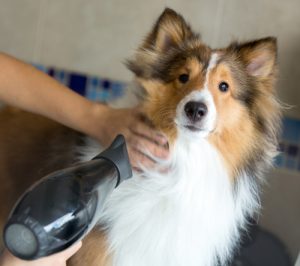 itchy skin on your canine.
itchy skin on your canine.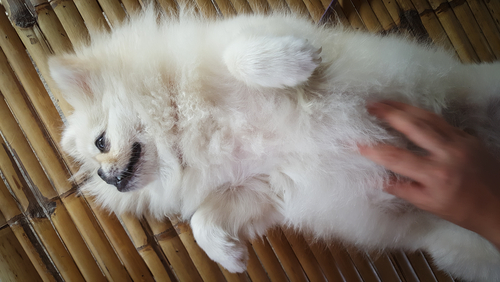
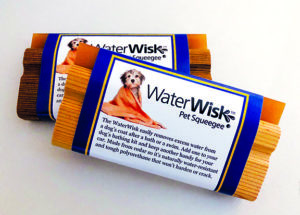 Save both time and mess when bathing your dog!
Save both time and mess when bathing your dog! 